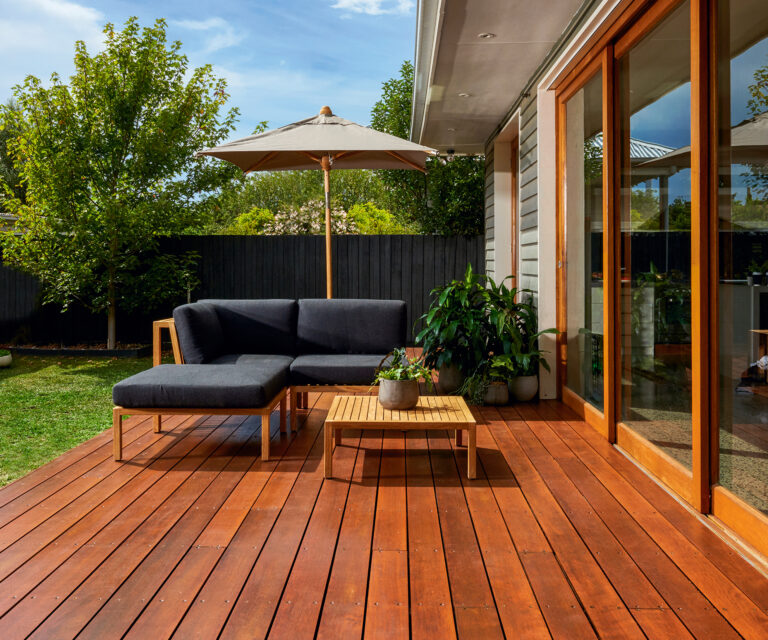Deck Inspection Buffalo NY
Get A Quote Now!
The best Deck Inspection Contractor
Deck inspection is a thorough visual examination of deck components and structure by a professional contractor. While some homeowners think it’s an unnecessary cost they have to pay, it can help save money on repairs and help improve safety conditions in the years to come.
Also, this is an integral part of buying a home to prevent future issues from arising and help ensure an unbiased professional opinion on conditions before the purchase.
What Is Included in a Professional Deck inspection
A comprehensive professional deck inspection involves taking a detailed inventory of the following:
1. Exterior Finish
The condition and weather resistance of all exterior surfaces, including components of a deck, such as:
- Removable lumber, like stair treads and guardrail caps
- Decking boards for evidence of rot or insect damage
- Screw connections for loose fasteners
- Joist ends for endplate separation or split ends. End plates are the metal connector at the end of a joist that can indicate problems with moisture penetration. If possible, inspect joists by looking from below the deck to see if any light is visible between the joist and endplate. A flashlight will help in viewing areas with less than optimal lighting conditions.
- Metal connectors for rust stains
- Rail posts for corrosion or rusting at the base
- Framings, such as beams and posts connections
- Get an instant FREE Quote!
Fill out the form below and a team member will get back with you as soon as possible.

2. Wear and Tear
Using a thermal infrared camera or a moisture meter, we can detect signs of trouble with woo, including:
- Rot caused by fungus or mold
- Warping from water damage due to water leaks
- Curling caused by water damage that got into the wood fibers and expanded them as they dried.
- Soft or wet areas from water damage
Deck Footing Inspection
Some deck footings may look very clean and undisturbed but so deteriorated that they could collapse at any moment. Other footings might only appear to have fully developed cracks, although they are still in excellent shape. And some footings may have signs of rot, even though they are still structurally sound.
While there are no universally accepted techniques for inspecting deck footings, we have developed an effective system of observation that we have been using throughout the years:
1. Ladder
A typical home has decks or porches on three or four sides. When inspecting a deck, it’s crucial to check all four sides of it. If there is a support post between two of our inspection points, we either go under the deck or climb the nearest tree for another view.
2. Inspection
We always use both of our hands to see whether or not there is rot, live wood, wet or fresh damage, and other significant issues by running our fingers along the surface of the footing. We start at the first side, checking for live wood, wet rot, and other significant issues using the palms of our hands and our fingers. We can even turn off our flashlight and feel around in dark areas that may not be easily seen with light.
3. Other General Rules
When we inspect a deck footing, we always feel above and below it since it’s common to find rot or live wood under footings. For example, if the wood is wet and soft several inches away from a footing but hard underneath, that probably means there is decay at the surface and good wood underneath.
We always inspect side number one first because it is the most important side. It tells whether or not the deck needs further examination, including what parts of it are structurally safe to walk on.
We look at the three different angles:
- The view looking up and down
- The view looking left and right (across the deck)
- The view straight on, as if you were going to walk across it.
At Buffalo NY Fence & Deck, your image is our reputation. You don’t have to go online and waste time searching for “deck inspection professionals near me.” If you’re in Buffalo NY, connect with us now, and let’s start working!
